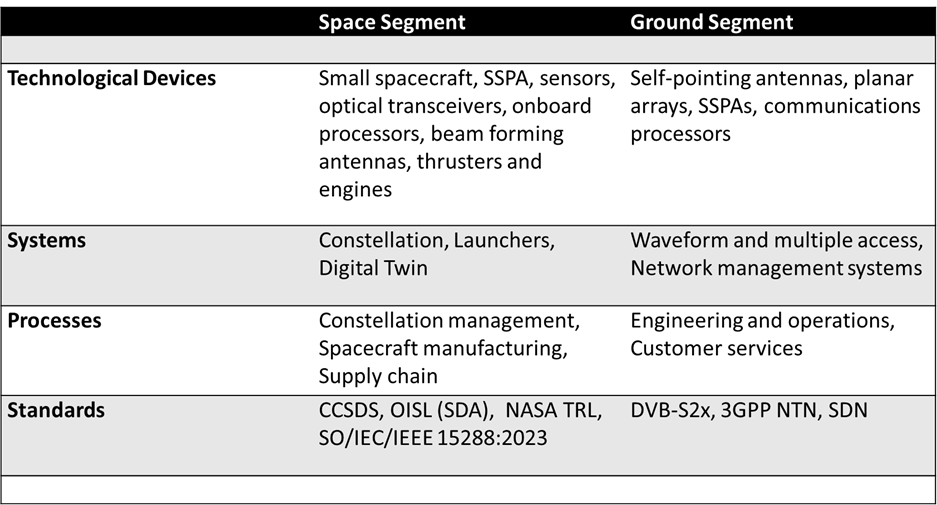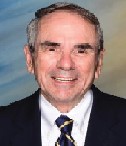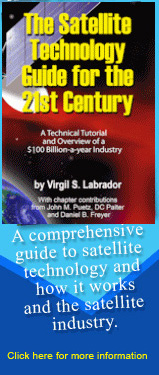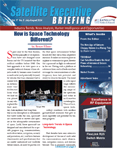Five Ws and One H for System Success
By Bruce Elbert
Austin, Tex., May 1, 2025--Here they are: WWWWWM – the five Ws and the One H – it stands for those familiar questions: who, what, where, when, why and how. You can ask Google or ChatGPT to define these and you’ll get some pretty good generic answers. These are the standard questions that according to journalistic practice should be answered by any article, preferably the lead paragraph. For our industry, these simple questions are not simple to answer, whether as a business or as a strategy:
- Who – the users or subscribers. You need to know their characteristics, market needs, etc.
- What – the application or applications you intend to provide them, including their situation and means to connect.
- Where – the obvious – where are your users located? Communication from space inherently involves wide-ranging served locations. These can be static and/or dynamic. And where are your media access points or gateways?
- When – the service will take time to happen. Is there a long timeline or is the need immediate? Is it a simple access issue, or full deployment and program duration?
- How – always the main focus of creating a system and making the application available to users. This is true engineering.
- Why – often ignored or even uncertain. This is the biggest question for leadership to answer. This is where entrepreneurship comes into play. More on this later.
Technology is the How of creating a new capability in satellite communications. Technology, broadly defined, is anything made by humans to produce a required outcome. In our world, this includes both hardware and software.
We can divide technology into three classes:
- Components that are developed and produced as identifiable items. As such, they come to us through a variety of suppliers who design, manufacture and distribute them.
- Systems that are composed of a plethora of components, both existing and newly developed.
- Processes that exercise the components to perform a wide variety of functions – that is, processes that are made possible through human staff and software.
"...Standards are a class of component and they can have a role. One unfortunate challenge is they may complicate the development of the system if the standard offers no concrete benefits to the early adopter..."
Standards are a class of component and they can have a role. One unfortunate challenge is they may complicate the development of the system if the standard offers no concrete benefits to the early adopter.
As a technologist, I am often asked to give the list of the most important technologies of the day. Technology is actually the How part of this – we use systems engineering to take the requirements presented from the other questions and move forward with an architecture.
Let’s take a look at this presentation of contemporary elements in a modern satellite communications system. These are broken down into the classes I just covered; I’ve differentiated between technological elements of the space segment and those of the ground segment. This presentation is not all-encompassing but simply one man’s view. I’ll point to some of these now (see my previous article for more discussion).
 |
Among the technological devices in the space segment, I like small spacecraft that are designed as an integrated product and produced through automation. This is in contrast to how large GEO satellites come together more like a custom home than an automobile. Obviously, digital payloads in general and dynamic beam forming in particular are vital for achieving cost/effective broadband services directly to users. There is a parallel on the ground segment side in terms of digital devices that are flexible and have high bandwidth efficiency as well. Power amplifiers in general and SSPAs in the millimeter wave spectrum are gaining ground.
For systems, pulling small satellites together in a constellation and making it function reliably demands a high degree of intelligence in the management of space resources and their connection to the ground. Add to this the potential for multi-orbit and it gets very complicated. I like the vision of Software Defined Networks (SDNs) and the concept of the digital twin for representing the components and their operation within the cloud to better design and operate through all demands, including changes in needs and link performance.
I am personally fascinated by the Why – what are the characteristics and its genesis? Here are some classic examples of the role of Why in creating something amazing in telecommunications.
- Bell and the telephone (patented in 1876)
- Marconi and the wireless (Trans-Atlantic in 1901)
- Rosen and Syncom (launched into synchronous orbit in 1963)
- Bertiger and Iridium (first call in 1998)
- Musk and SpaceX and Starlink (demos in 2020)
Bell and Marconi started their companies based on a new technology supported by the monopoly power of patents. From there, they partnered with investors to create their networks. Rosen and Bertiger were driven engineers who wanted to see a new approach to providing communications from space to earth. Rosen took Arthur C. Clarke’s idea of the Geostationary satellite and made it happen with a small satellite launched by the NASA Delta rocket. Bertiger wanted to make mobile phone calls from remote places and compiled his project within Motorola involving Lockheed Martin and Raytheon. Rosen and Bertiger had backing of their respective corporations: Rosen from Hughes Aircraft Company (started by that preeminent tech entrepreneur, Howard Hughes) and Motorola, the innovator in terrestrial mobile phones. Lastly, we see before our eyes how one person, Elon Musk, started with his vision of space exploration and colonies on Mars and developed first the most successful rocket company in history; and then the first true broadband LEO system delivering cost/effective Internet to the globe, that has changed our industry along the way.
That’s the power of Why. Altogether, WWWWWH – can be written upside down and backwards as HMMMM (pronounced “hummmmm”). It works in journalism as it does in telecommunications. Forbearers and modern entrepreneurs get it right to their advantage – and ultimately ours.
-------------------------
 Bruce Elbert is the Founder and President of Application Technology Strategy LLC.(www.applicationstrategy.com) He is a satellite industry expert, communications engineer, project leader and consultant with over 50 years experience in communications and space-based systems in the public and private sectors. Areas of expertise include space segment design and operation in all orbit domains, systems architecture and engineering, ground segment systems engineering, development and operation, overall system performance improvement, and organizational development. He can be reached at: bruce@applicationstrategy.com
Bruce Elbert is the Founder and President of Application Technology Strategy LLC.(www.applicationstrategy.com) He is a satellite industry expert, communications engineer, project leader and consultant with over 50 years experience in communications and space-based systems in the public and private sectors. Areas of expertise include space segment design and operation in all orbit domains, systems architecture and engineering, ground segment systems engineering, development and operation, overall system performance improvement, and organizational development. He can be reached at: bruce@applicationstrategy.com





